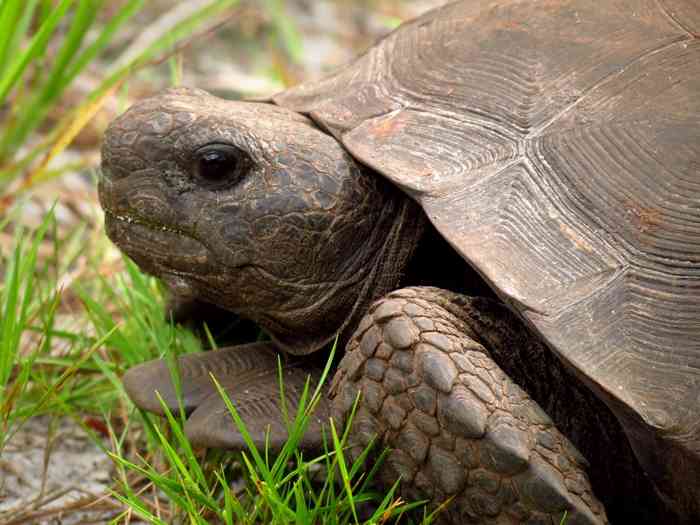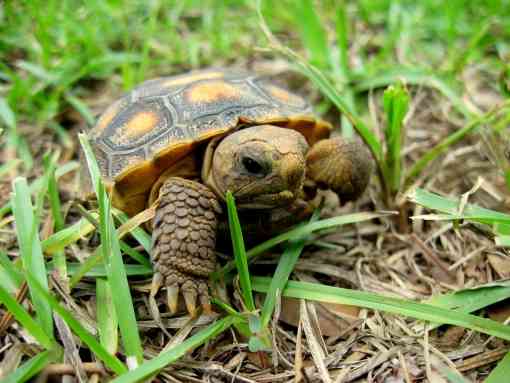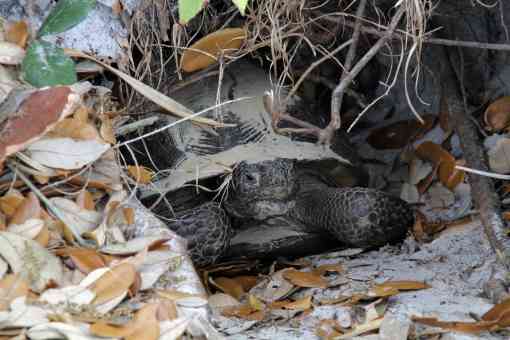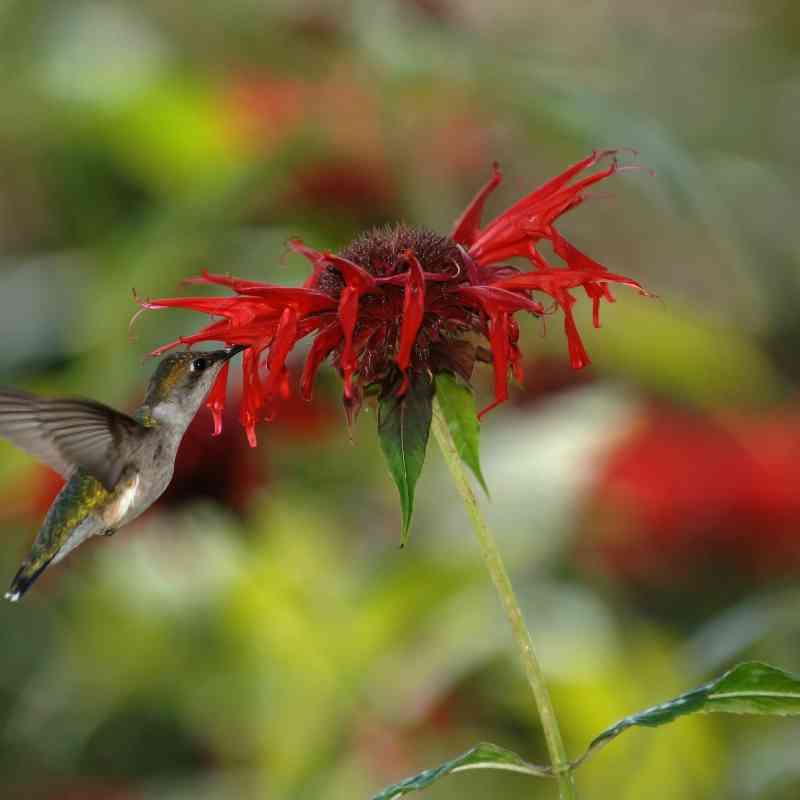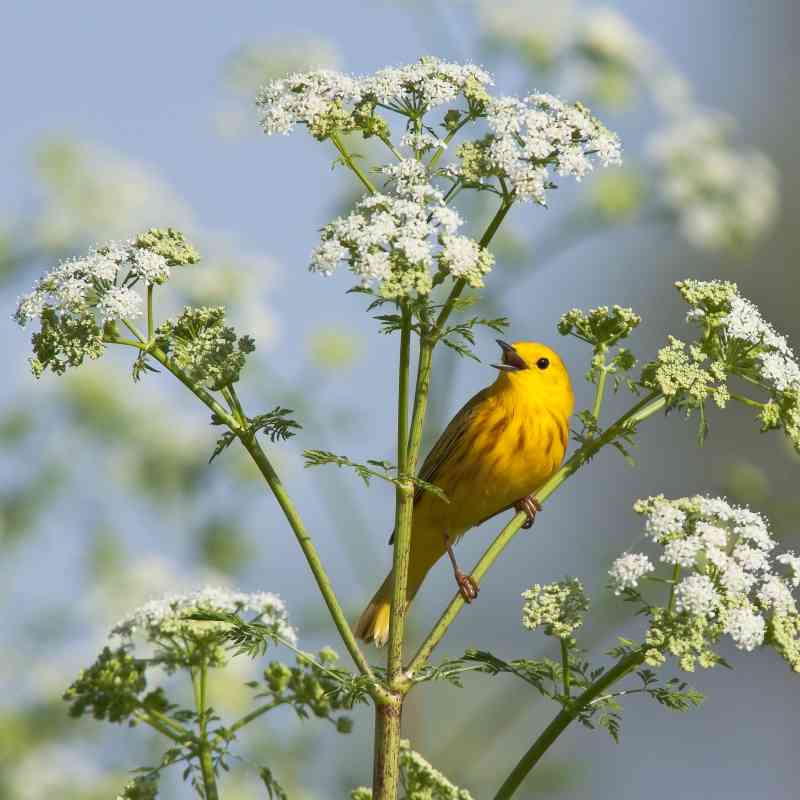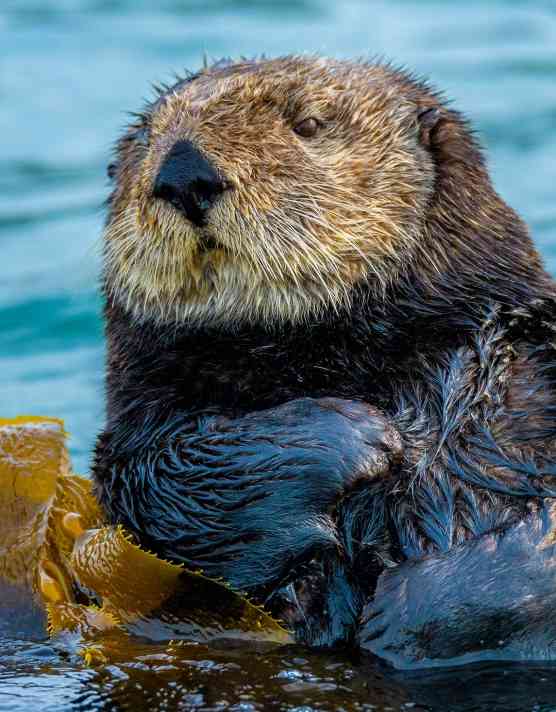Florida celebrates nature’s ancient ecosystem engineers: gopher tortoises
The gopher tortoise has been roaming the upland forests, sandhills and coastal dunes of the deep south for thousands of years. Check out just a few fascinating facts about these amazing reptiles:
#1 “Scrubby” is a good thing for gopher tortoises
Gopher tortoises live in “scrub” habitat, which are areas of forests, dunes, or other places where the soil is sandy (all the better for digging) and the trees aren’t too close together. When trees grow in tall bunches, the shade they create can make it harder for certain ground-covering plants like grasses, flowers, and cacti to grow – which is exactly what gopher tortoises like to eat.
#2 Thirsty? Not so much.
Because gopher tortoises eat so much greenery – from grasses and berries to stinging nettles and prickly pear cacti – they get most of the water they need from those plants. They rarely need to go out of their way to drink water, and usually only do so during a drought, when water-storing plants may not be as plentiful.
#3 Ecosystem Engineers
Gopher tortoises are so named because of their ability to dig large, deep burrows. They have specialized shovel-like front legs that help them to dig, and their back legs are strong and sturdy. They use them to accomplish some complex feats of engineering. One gopher tortoise burrow excavated in the Florida panhandle was recorded at 65 feet long and 26 feet deep!
#4 Good Neighbors
Gopher tortoise burrows are widely used by other species throughout the ecosystem, making these tortoises a keystone species with a pivotal role to play in their native community. Their burrows are like subterranean villages, providing a home for more than 350 different species of mammals, reptiles, amphibians, insects, and even birds. These animals depend on the burrows for survival, using them for shelter from predators, and as temporary refuge from fires, which are a natural part of the landscape in these in upland ecosystems. Many of the species that use gopher tortoise burrows are protected at the state or federal level, like the Eastern indigo snake, burrowing owl, Florida mouse and gopher frog.
#5 Old and Wise
Many species of tortoises have astounding longevity, and gopher tortoises are no exception. These reptiles can live as long as 60 years or more! Because they are so long-lived, they can take 16 years or more to mature and reproduce, which means that every tortoise is precious for its population to grow and the species to persist.
Historically, there were so many gopher tortoises across the southeast that Native Americans commonly used their shells for baskets, pots, and even helmets. As recently as the 1930s, they were still so common that people often harvested them for food. But today, with so much of its native habitat gone to development and broken up by roads, the gopher tortoise is declining. It is listed as threatened here in Florida, which represents the largest portion of its range, and in Georgia, where is is the official state reptile.
How can you help gopher tortoises?
From now through May and June, gopher tortoises are increasingly active, leaving their underground burrows in search of spring greenery to eat and, in many cases, seek out a mate. If you see one trying to cross a road, you may be able to help get it out of harm’s way. If it’s safe for you to do so, picking the tortoise up and place it on the roadside in the direction it was heading. Just don’t put this terrestrial animal in the water! Even though they can be found in dunes near the ocean, they cannot swim a stroke.
Next week, Florida is celebrating its only native tortoise (the only native tortoise anywhere east of the Mississippi, in fact) by declaring April 10th to be the official Gopher Tortoise day! If you live in Florida, look for local events to get involved. And even if you don’t, spend some time learning about these unique creatures, and talking to others about how important it is that we all work to protect them and the habitat they rely on.
Your support ensures our expert team of scientists, lawyers, advocates and activists have the resources needed to demand action and protection for wildlife across the nation.
Donate Today!
comments

